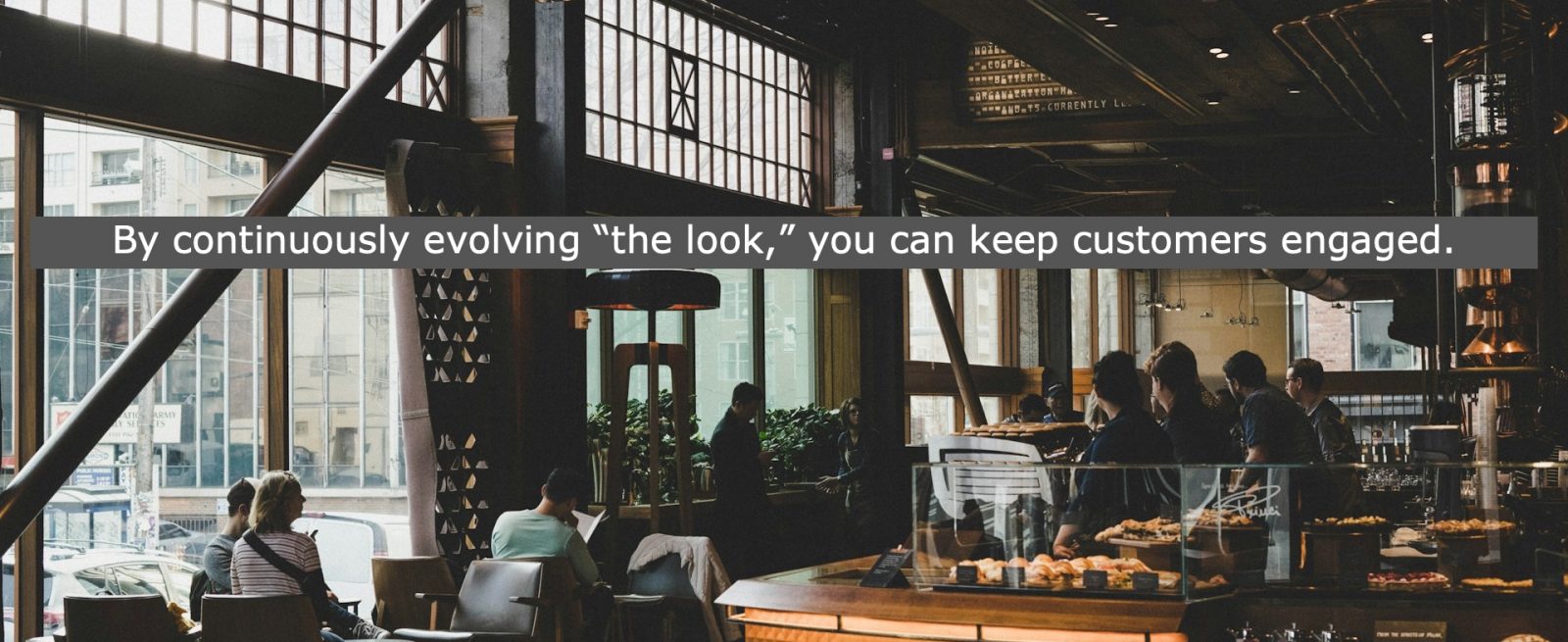‘The Concept of a Brand Experience Extends Far Past Surface-Level Selection’
3 Min Read By MRM Staff
Experience-driven design transforms restaurants, offering up an immersive journey from the moment diners step through the door until their very last bite. David Shove-Brown, partner at Washington, D.C.-based architecture and design firm //3877, shares insights on translating a brand into physical space through meticulous attention to furniture, materials, color, and lighting to create authentic, cohesive, and immersive environments. He stresses how true brand immersion extends beyond aesthetics to evoke specific feelings, balancing design elements to achieve desired atmospheres.
How can design better engage with guests, keep the experience fresh and inspire loyalty?
It’s about making people feel at ease within the restaurant. Guests want an easy check-in process, comfortable seating, and ease of navigation that makes the whole experience seamless. It’s also about knowing your audience and the experience they’re looking for.
Going to different locations, guests know they can get a reliable, good meal from the brand they love while experiencing a new environment. When designing these spaces, brand elements should echo other locations without being an exact copy. By continuously evolving “the look,” you can keep customers engaged.
What are some examples of paying attention to all the design details for better brand immersion and how do you keep it authentic?
Though it may seem like branding is limited to logos on the walls and a color palette, the concept of a brand experience extends far past surface-level selections. Truly immersing guests in a brand isn’t just about how the space looks; it’s about how it makes your diners feel.
Truly immersing guests in a brand isn’t just about how the space looks; it’s about how it makes your diners feel.
Know who you are, then design accordingly. You want to balance furniture selections, lighting, materiality, and color in a way that leaves diners with the takeaways you’re targeting. If it’s a moody speakeasy lounge, maybe you want low lighting and plush furniture that leaves guests feeling relaxed and socialized. If you’re designing a quick service burger spot, you want to incorporate clear wayfinding and an intuitive circulation that promotes an in and out experience.
What kind of staffing and training is involved in elevating the guest experience?
Supported by an efficiently-designed work environment that promotes clear circulation and provides the space necessary to do their work, staff members should be carefully trained to handle a variety of guests––providing the level of service that aligns with the experience they’re looking to have.
For example, your staff should know all there is to know about your establishment; where do you source your ingredients? What items are gluten-free? Where did the concept of the restaurant come from? Some people are full of questions, and being able to provide them with that insight quickly enhances their meal and entices them to return. On the flip side of the same coin, staff should be able to gauge when patrons are looking to get in and out, being able to provide speedy and efficient service that gets them where they need to go.
What kind of experiences do guests want from a brand and how is it evolving?
Guests want authenticity now more than ever. With many limiting the frequency of dining out, when they do venture out for a meal, they’re looking for good food and good service. If you’re pretending to be something you’re not, or trying to latch onto a trend, that kitschy sort of approach is completely transparent to consumers. C
reate an environment that embodies your ethos as an establishment––if you’re quirky, incorporate funky elements of discovery. If you’re sophisticated and modern, carefully select those sleek finishes and materials.
What are some design mistakes that can be off putting to guests/potential guests?
First off is lighting mistakes—cold, overhead lighting can make the space feel clinical rather than warm and inviting. The second is poor planning around noise control. If your guests can’t hear each other around the table, going out to eat loses its element of togetherness and can become overstimulating.
Another big mistake happens when a floor plan makes it hard for guests to find their way around; it should be intuitive. There’s nothing worse than crashing into people flying in and out of the kitchen as you’re trying to get to the bathroom. Avoid things that are difficult for guests to use—it’s so annoying when brands try to incorporate technology like self-ordering screens that don’t even work. The basics are where people can go wrong.

